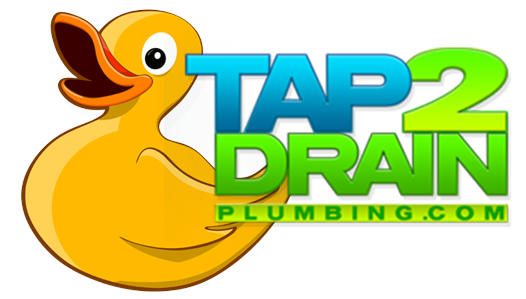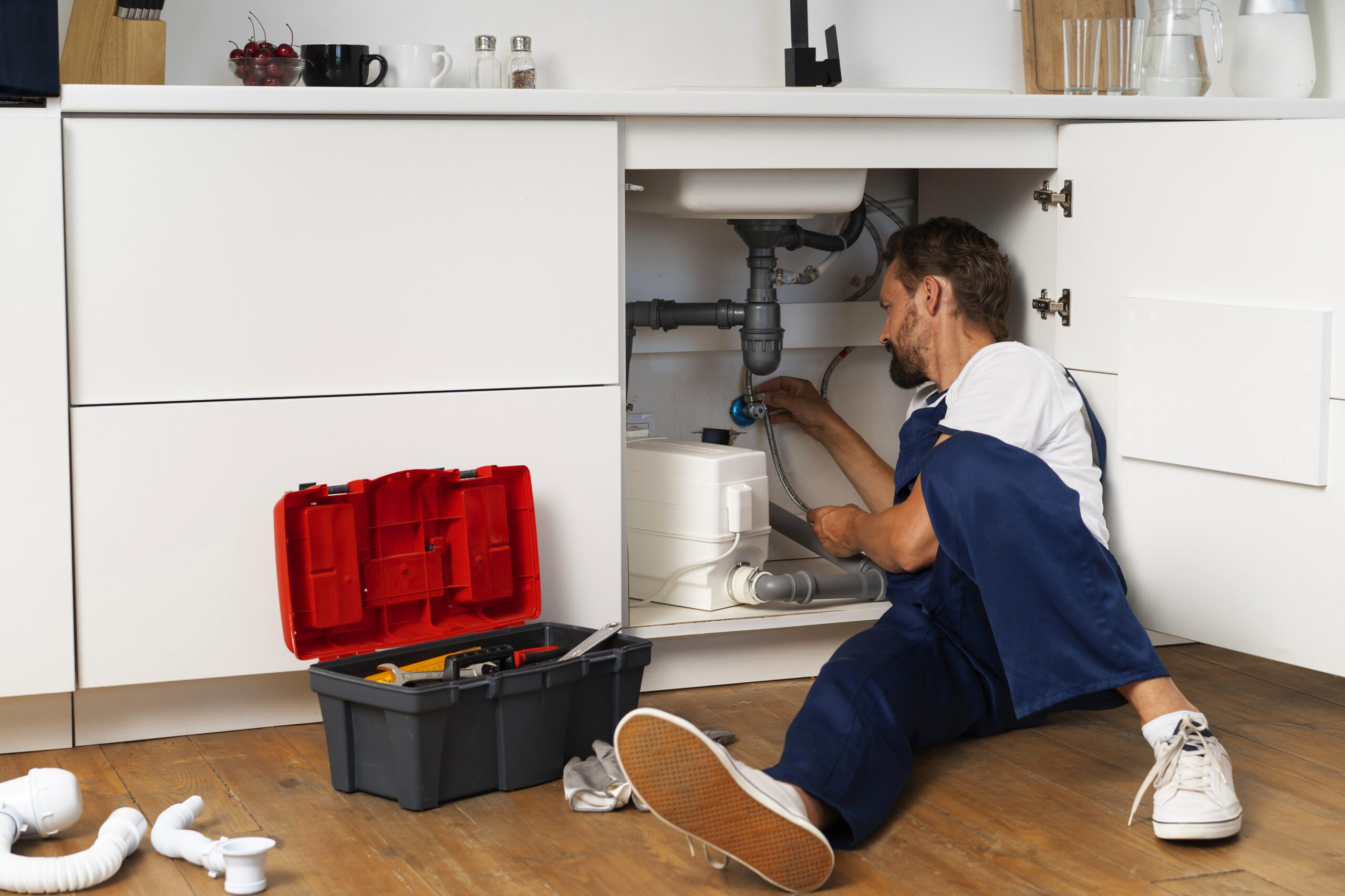Water leaks within a home can be silent culprits, quietly wreaking havoc on structures while steadily draining wallets. Whether it’s the subtle drip of a leaky faucet or silent seepage behind walls, the consequences of unaddressed leaks can be significant.
Understanding The Importance Of Water Leak Detection
The consequences of undetected water leaks extend beyond financial strain. Detecting a leak in your home isn’t just about solving an immediate problem: it’s also about preserving the integrity of your property and ensuring the well-being of everyone who resides there.
Over time, persistent leaks can inflict serious damage to the structural integrity of your home, including the weakening of foundations and the rotting of wooden support. Leaks create ideal conditions for mould and mildew to flourish, which can pose health risks to occupants and require costly remediation efforts.
Common Signs Of Water Leaks In Your Home
An unexpectedly high water bill is often one of the first indicators that there may be a hidden leak within your home’s plumbing system. It’s advisable to periodically compare current bills with past ones; a significant increase without a corresponding rise in water usage should always be a flag for follow-up. Visible signs are also telltale clues to water leaks, ranging from water stains on ceilings and walls to warped flooring or peeling paint.
In addition to visual cues, other signs can alert homeowners to potential leak problems. The most obvious one is the sound of continuously running water when all taps are securely closed. Musty odours, particularly in areas like basements, bathrooms and kitchens, can suggest the presence of dampness and mould – which thrives in moist environments often created by leaks.
How And Where To Identify Plumbing Leaks
Start with your water meter. Most meters have a leak indicator – a small rotating dial that moves when water is flowing. With all taps turned off, watch the meter; movement in the indicator suggests a possible leak. If there’s no visible leak indicator, take a meter reading, wait for an hour without using any water, and reread the meter. Any increase in the reading indicates a leak somewhere in your system.
For a more targeted approach, start with the most common culprits:
- Toilets: In toilets, a simple test involves adding a few drops of food colouring to the tank and waiting without flushing. If the bowl water changes colour after about 30 minutes, you likely leak the toilet flapper or valve.
- Faucets: For faucets, check for drips and ensure that the handles are tight and secure.
- Under-sink plumbing: Under sinks, inspect for any moisture or signs of drips on the pipes, paying close attention to the connections and valves.
Outdoor taps and irrigation systems are also prone to leaks. The bucket test can be employed here—place a bucket under the tap or each irrigation system zone overnight. Water accumulation in the bucket indicates a leak. Regular inspections of these areas, especially before and after the change of seasons, can catch leaks before they escalate.
Consequences Of Ignoring Water Leaks
Without attention or intervention, a simple leak can quickly snowball into significant problems that affect finances, personal health and structural integrity. As small as they may seem, unchecked leaks incrementally contribute to substantial water loss, which reflects directly on utility expenses. Over time, the cumulative costs can become a significant financial burden.
Persistent moisture creates an ideal environment for mould and mildew to flourish, which can lead to respiratory issues and allergic reactions. Moreover, the property’s structural integrity is at stake when water damages building materials like wood and drywall. This can lead to costly repairs and decreased property value.
There is also an environmental aspect to consider: wasting water through undetected leaks contributes to the depletion of this vital resource, which is an increasing concern in many regions facing water scarcity.
Preventative Measures To Avoid Future Leaks
Regular plumbing maintenance and inspections are key to preventing future water leaks. Homeowners should schedule routine check-ups to identify any vulnerable areas or minor issues before they escalate into costly repairs. These check-ups can include looking for signs of corrosion, checking pipe connections, and ensuring valves are functioning properly.
Winterizing pipes is another critical step in preventing leaks, especially in colder climates where freezing temperatures can cause pipes to burst. Insulating exposed pipes, draining outdoor faucets before the first freeze, and keeping the home at a consistent temperature can help mitigate the risk of freeze-related damage.
Upgrading aging plumbing fixtures and pipes is also a wise investment; newer materials are often more resistant to wear and can reduce the likelihood of future leaks. Regularly updating washers and seals, and replacing old pipes with corrosion-resistant options, can significantly extend the life of a plumbing system.
Call The Pros For Leak Detection And Repair Services
For expert assistance with leak detection and repair, Tap 2 Drain’s team of skilled professionals brings a wealth of experience to every job. To schedule an inspection or service appointment call us today!

